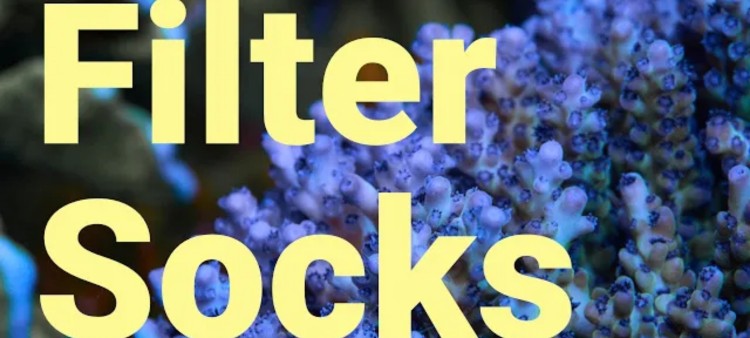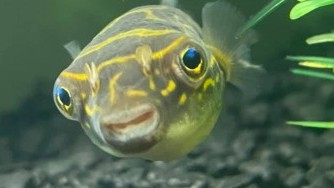Filter Socks, Microfibers, Microplastics, & More
- Nov 12, 2021
- Anshika Mishra
- 286 0 0

Most of us use some type of filter sock in our tank. If you have a sump, you are probably using one. But could they be causing some harm to your corals, or maybe actually the coral that grows in the ocean itself?
In this article, we open up a discussion about Filter socks, microfibers, microplastics, and more:
The Study
In 2010, the world produced around 265 million tons of plastics, and about 12.7 million tons are thought to have made their way into the ocean. Now, if we extrapolate that out, around 17.5 million tons of plastic could have gone into the ocean in 2018.
Continue the thought experiment, and by 2040 or so, we could be adding nearly 200 million tons of plastic into the world's ocean every year. For example, most filter socks are made out of a material called polyester. That is a synthetic material that's also commonly used in microfibers towels adn all sorts of clothing.
Each time you wash your filter socks, it will be releasing tons of tiny fibers into the water. Now, those range in size, and a lot of them get caught in your city's water treatment facility, but some do get discharged into the freshwater lake, rivers, and oceans.
This is also happening in our tanks in which we use filter socks. As the fabric breaks down and gets old, it probably starts happening more and more. Using a filter bag made out of netting might also shed a lot less than a field bag would. It stands to reason, and they are also easier to clean.
Filter socks clean out the water. They remove all sorts of particulate from it. All that build up in the hose, and that is why it is important to change the filter sock regularly to avoid all that gunk breaking down and contributing nutrients back into your tank, causing algae.
Filter Sock Rollers
Filter sock rollers slowly rotate filter media off a roll and expose a new part of the material as soon as the water level starts to rise from the previous section getting clogged. Also, you do need a sump that is built with those in mind.
Why Should We Care?
In our reef tanks, it is probably true, and we don't see the negative effect that might be there. In fact, a published paper in Environmental Pollution detailing a study done by the United States Protection Agency is entitled: Microplasicts impair growth in two Atlantic Scleractinian Coral Species, Pseudodiploria Clivosa, and Acropora cervicornis.
The paper's authors are specifically looking at the fact that tiny little bits of plastics or maybe even fiber might have on the growth and overall health of the coral. To avoid contaminations, the team wore only 100% cotton clothing during the study.
So, why are we exposing our corals to something that will probably negatively impact it?
The author shows that coral will inject microplastics, hypothesizing that plastic will slow down the growth. Thus, reducing the availability of nutrients may reduce reproduction and negatively impact coral survival in the long term.
Microplastics have actually been found with all sorts of contaminants in and on their surface. Everything from heavy metals, toxic additives that just get added to the plants when manufactured, and even pathogens like Vibrio.
In the study, the team mixed various sizes of plastic beads with coral food, and then they fed that plastic to the coral. So, of course, this is not representative of nature. Feeding corals in this way will amplify the effect, but that is going to make it easier to measure it.
So, the food size will work for our Acrapora if we want to try live food cultures. Anything around half a millimeter to a millimeter in the size at the largest. Acropora that ate the plastic grew, but it only increased its tissue surface area by about 40% versus 48% in the controlled group that was just fed coral food.
Calcification was also measurably higher in the controlled group that didn't get the plastic versus the group that got the microplastics as part of their diet. In an earlier study, where microfibers were also studied, the fibers were also studied, the threads between 3 and 5 millimeters in length were eaten by corals just as easily as the microplastics that were less than 1 millimeter in size.
So, it is worth taking care of those fibers out of our tanks and certainly out of the environment. We always try to micromanage the water chemistry, the light spectrum. So why not avoid this stuff as best as we can? It can only help our coral in the long term.






About author